Guinea pig models of COPD
Acute LPS exposure
A feature of acute LPS exposure to the lungs is neutrophilic inflammation in the bronchoalveolar lavage fluid.
Thus, effectiveness of your compound can be tested against this neutrophilic inflammation.
We have previously demonstrated efficacy of anticholinergics and β2 agonists in this model. See publicationChronic model with LPS exposure.
Features of chronic LPS exposure to the lungs are:
- Twice weekly LPS challenges for 12 weeks,
- Tissue neutrophilia and cytokine production,
- Collagen deposition around the small airways,
- Mucus gland hypertrophy, goblet cell hyperplasia,
- Right ventricle remodeling.
We have previously shown efficacy of anticholinergics and GSK-3 inhibitors in this model. See publication
Guinea pig model of elastase-induced emphesyma
Features:
- Increase in mean linear intercept – emphysema,
- Cytokine production in the lung,
- Decrease in specific epithelial and endothelial cell markers. See publication
Mouse models of COPD
Mouse model of cigarette smoke-induced inflammation
Features:
- Infiltration of macrophages and neutrophils in the lung,
- Cytokine production and growth factor release.
We have previously shown efficacy of anticholinergics, in particular M3 selective anticholinergics, in this COPD mouse model.
Mouse model of elastase-induced emphysema
Features:
- Increase in mean linear intercept – emphysema,
- Cytokine production in the lung,
- Decrease in specific epithelial and endothelial cell markers. See publication
Mouse model of LPS exposure
Features:
- Infiltration of macrophages and neutrophils in the lung,
- Cytokine production and growth factor release.
